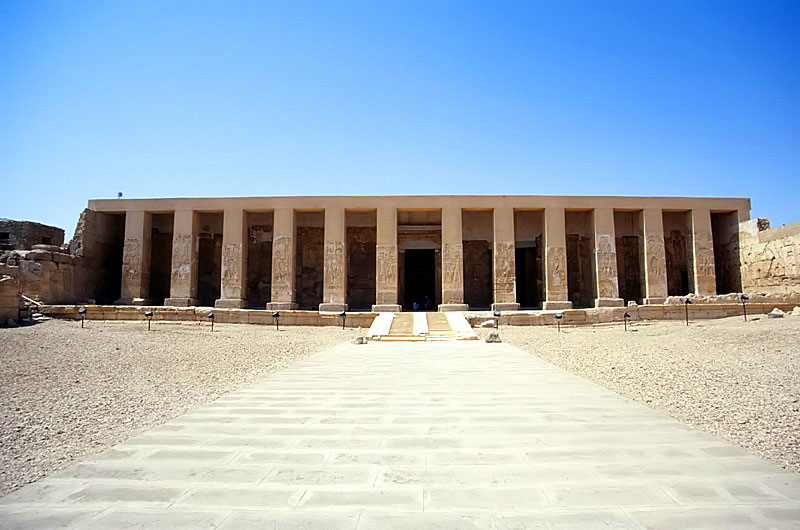Archaeological conservators once focused primarily on reconstruction and restoration of excavated artifacts and architecture. Today, conservators are increasingly responsible for extensive diagnostic documentation and technical analysis of excavated materials, as well as stakeholder engagement and site preservation & management activities. This talk will describe recent conservation work at two archaeological sites in North Africa: Abydos in Egypt and El Kurru in Sudan. At both sites, archaeologists and conservators are focused on preserving excavated architecture, developing site management plans, and conserving and learning from artifacts.
AIA lecture by Suzanne Davis (Associate Curator and Head of Conservation with the Kelsey Museum of Archaeology at the University of Michigan).
Abydos is located along the Nile River in a rural part of Upper Egypt. It is the burial place of Egypt’s earliest kings, who believed that the entrance to the underworld was located there, in a large wadi leading into the high cliffs of the western desert. Recent work at Abydos has focused on conservation of beautifully decorated wood funerary artifacts and on exploring low-tech, non-destructive methods for technical study onsite, such as multi-spectral imaging. The projects described in this talk concentrate on artifacts from the Abydos Middle Cemetery (AMC), a part of the site that contains monumental tombs of elite officials from the mid-third millennium BCE.
El Kurru is the royal cemetery for the Napatan Kings who conquered Egypt and ruled as its 25th Dynasty. The site is located along the Nile River in North Sudan, approximately 445 kilometers north of Khartoum. It encompasses multiple Napatan pyramid burials; a late Napatan, rock-cut, sandstone funerary temple which preserves devotional graffiti from the Meroitic period; and remains of a Medieval (Christian) settlement, including a monumental town wall. Conservation challenges include preserving ancient graffiti on the surfaces of the site’s disintegrating sandstone (in part through documentation using reflectance transformation imaging), protecting architectural features, and providing better access and amenities for tourists.
